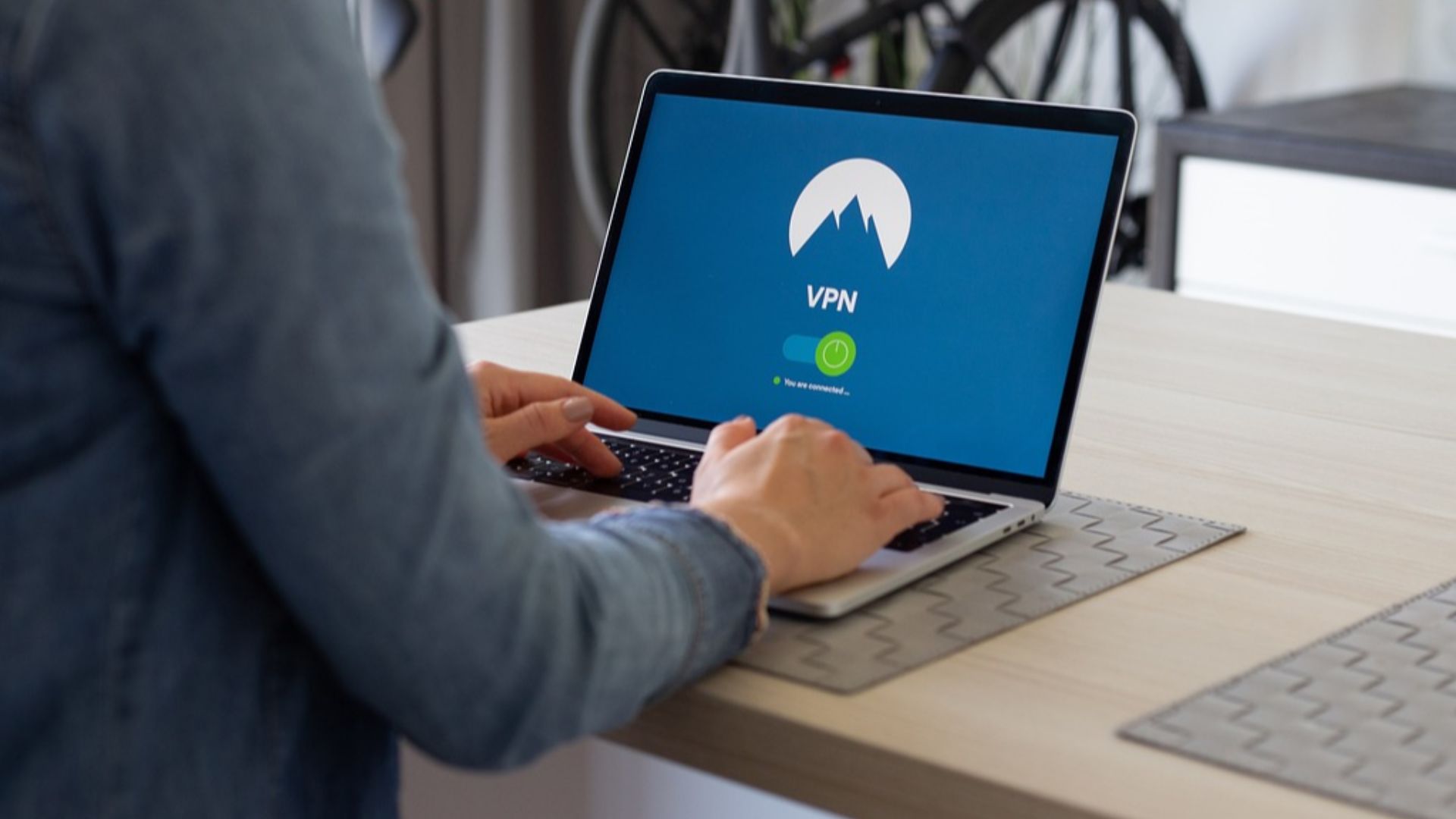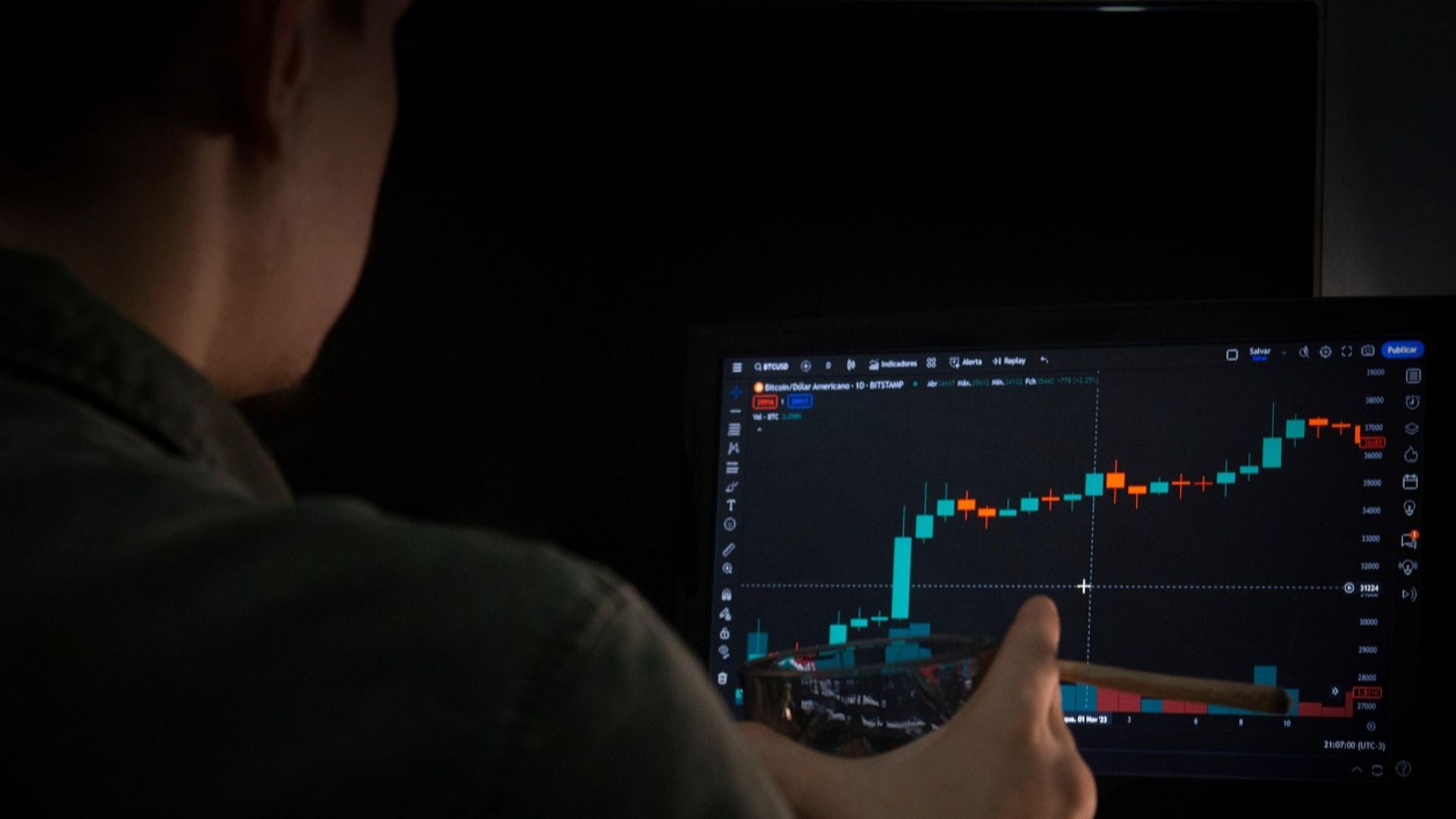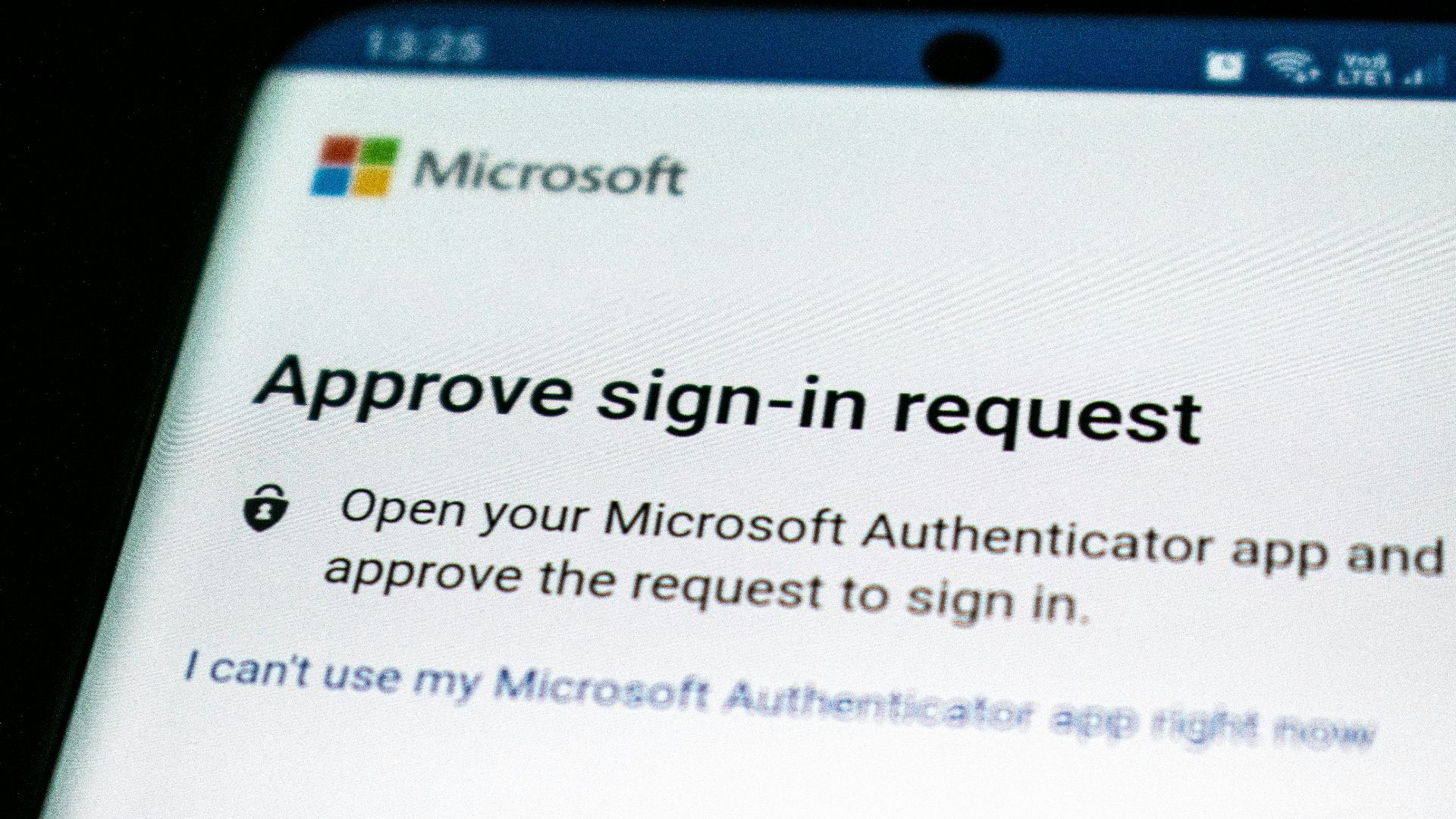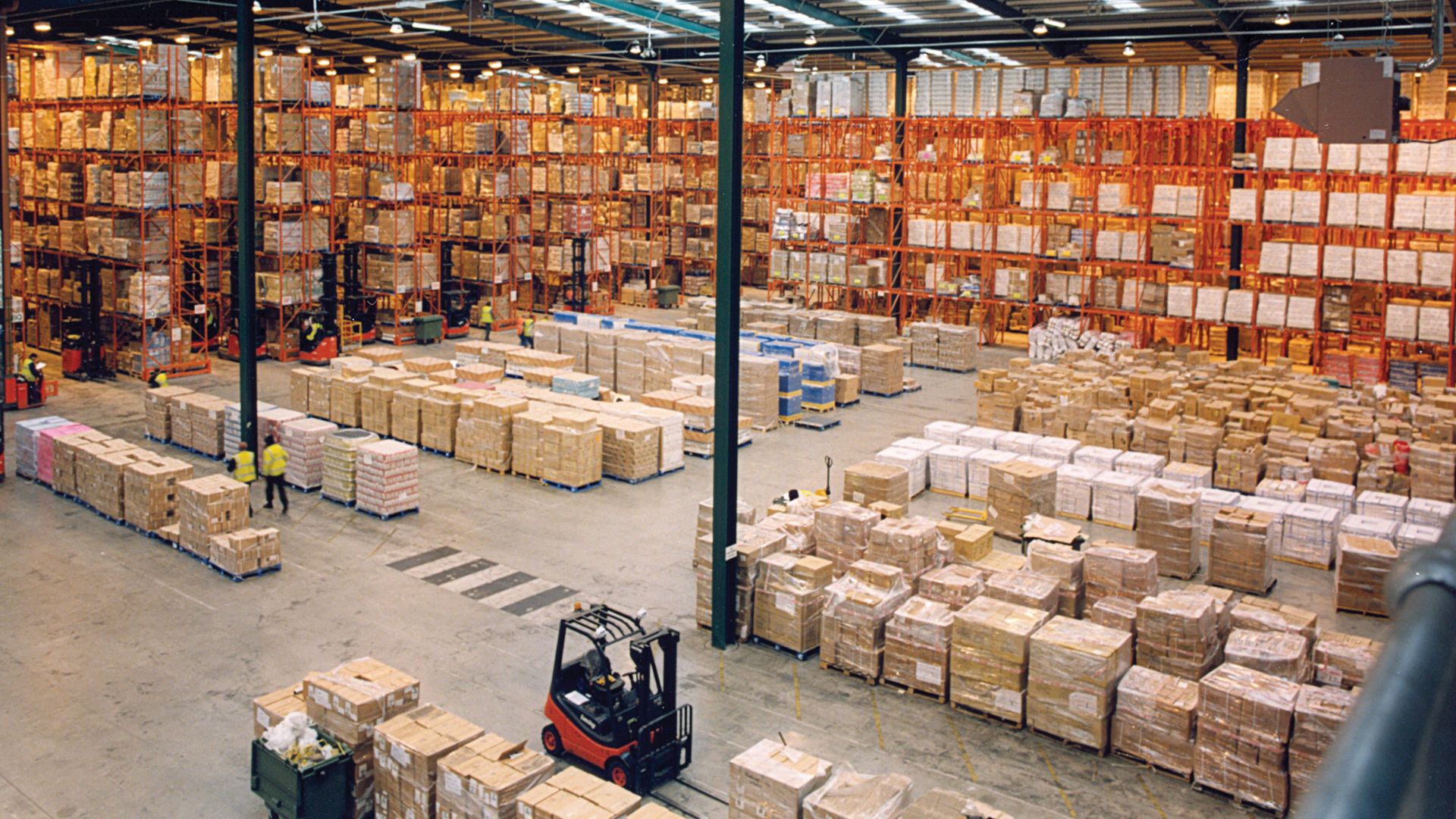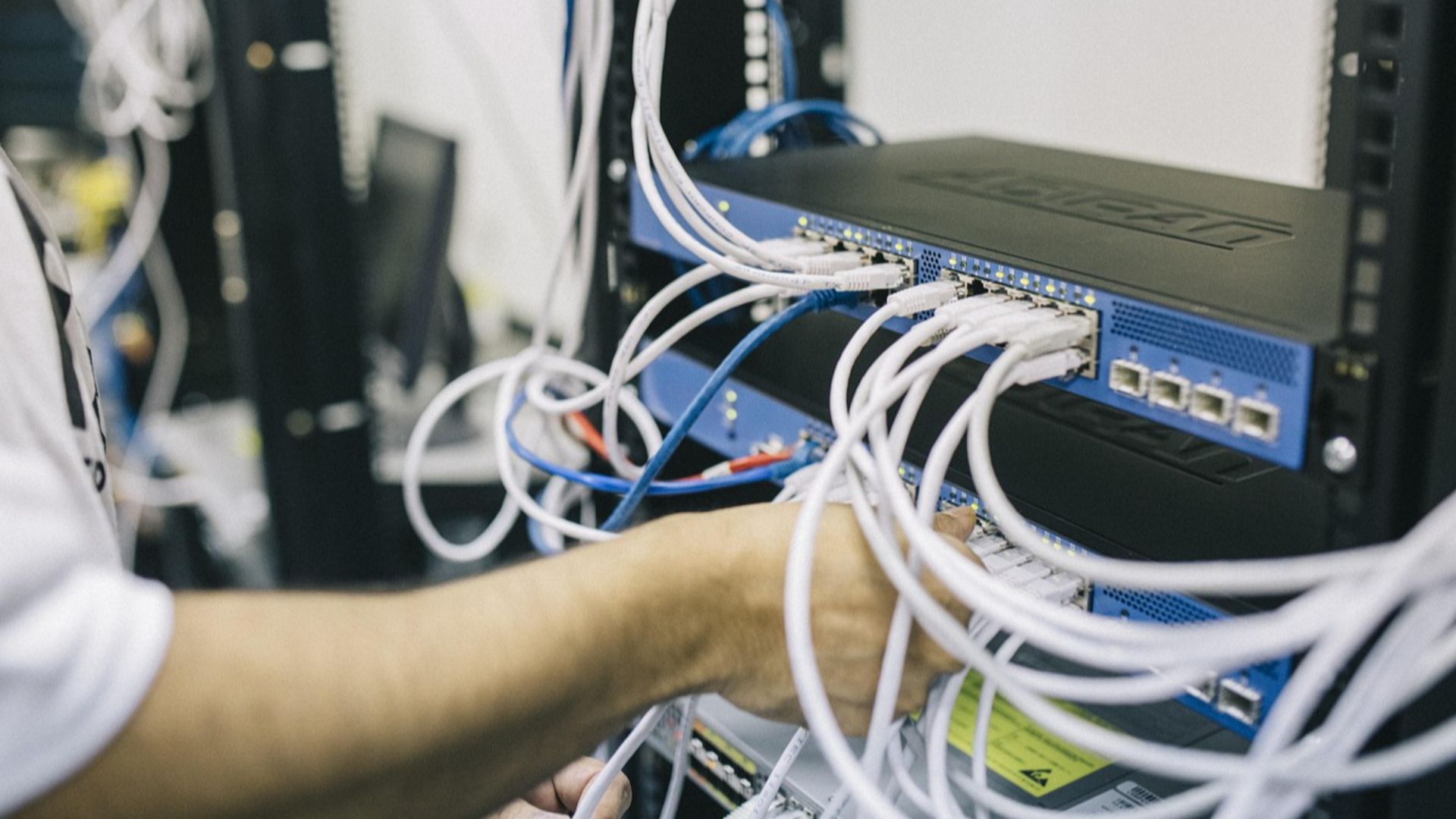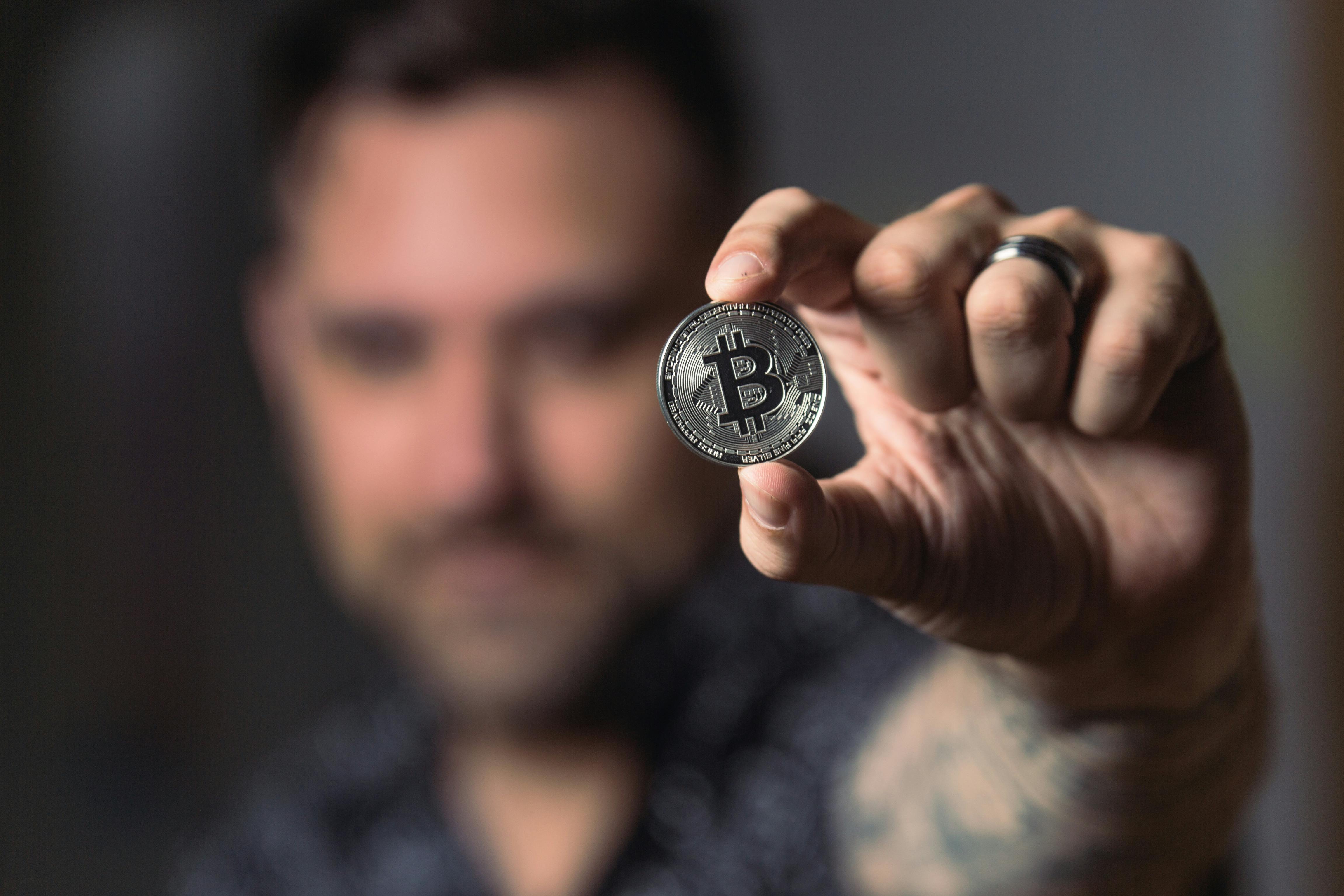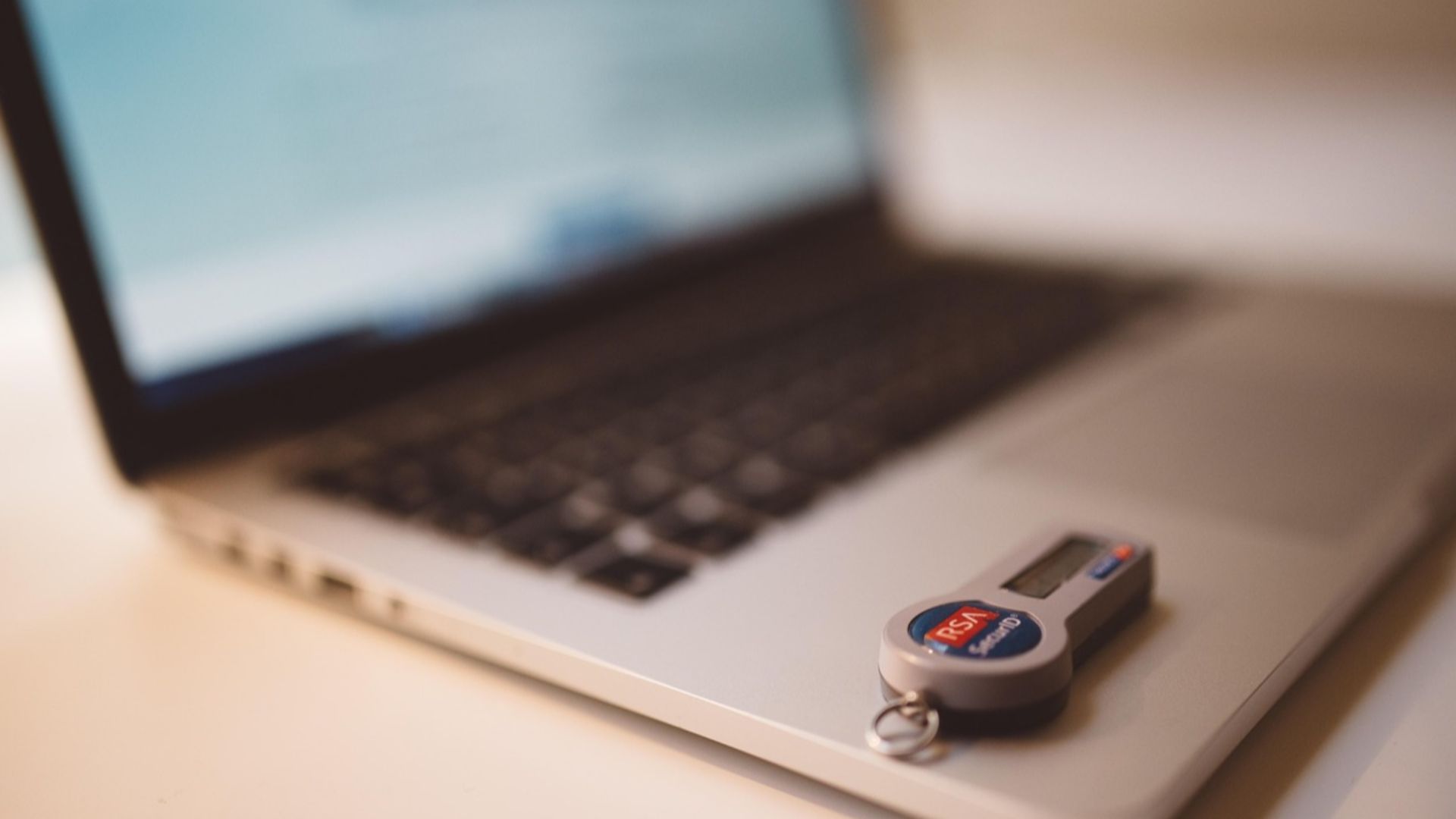A Watershed Moment For Cyber-Risk
In May 2021, a ransomware attack on Colonial Pipeline shut down the biggest refined-fuel artery on the US East Coast for several days. Gas lines and price spikes ensued, showing that a digital breach can quickly set off a real-world disruption. It was a major wake-up call for critical infrastructure security.

What Happened Inside Colonial?
Attackers associated with the DarkSide hacker group breached Colonial’s network via a compromised virtual private network (VPN) account that lacked multi-factor authentication (MFA). Operational systems weren’t encrypted, but the operator shut off pipeline flows as a precaution to mitigate risk, revealing the thin separation between office IT and operations.
Why A Business Network Breach Stopped Fuel
Even when malware doesn’t touch actual pumps and valves, billing, scheduling, and safety dependencies all depend on IT. If those systems are untrustworthy, safely handling millions of barrels daily becomes untenable. Colonial chose containment first; it was an expensive move, but the most responsible thing to do under the circumstances.
Ransom And Partial Recovery
Colonial paid millions in bitcoin to obtain a decryption tool. Weeks later, US authorities seized 63.7 BTC from DarkSide’s bitcoin wallet using a court-authorized seizure of the private key. It was an early example of clawing back cryptocurrency-paid ransoms. It didn’t undo the disruption, but did show law enforcement’s agility in responding.
The Human Factor: Basic Measures Still Fail
No multi-factor authentication on a remote account; an inactive credential still valid; these are some definite security gaps. The lesson was sobering: mature threat actors often stroll through unattended doors rather than break windows to gain entry.
A Spiral Of Panic-Buying
The problem soon became known to the public, leading to fuel shortages and long lines. Once consumer psychology turns, even brief operational pauses can turn into supply crunches. Cyber events not only break systems, they sow panic and bend behavior, which can seriously amplify damage in hours.
Government Response
The incident focused federal efforts on infrastructure cyber defense. The Cybersecurity and Infrastructure Security Agency (CISA) published “What We’ve Learned.” Rapid advisories, and the ongoing Shields Up posture were implemented, urging heightened defenses across all sectors, including pipelines. Policy attention went from niche to an across-the-board effort.
New Rules For Pipelines
The Transportation Security Administration (TSA) issued security directives mandating incident reporting, designated cyber coordinators, segmentation plans, and recovery testing for pipeline operators. New rules on compliance formally tied safety and cyber together, moving company cyber-security policy from voluntary to mandatory in key areas.
Big Picture: Ransomware Hits “Real” Industries
Weeks after Colonial, meat-processing giant JBS was forced to pay an $11 million ransom amid shutdowns. Ransomware has outgrown office IT; it now throttles food, fuel, health, education, and city services: in reality, any sector of the economy that hurts enough to pay quickly.
Cyber War Spills Into Commerce
NotPetya, a destructive 2017 attack seeded via Ukrainian software, pinballed into global firms like Maersk, costing hundreds of millions and causing large-scale logistics breakdowns. It proved that collateral damage from geopolitically-driven malware can throw chaos into worldwide supply chains.
Power Grids Not Immune
A grid attack in Ukraine in 2015 forced utilities into manual operations and cut power to hundreds of thousands for a brief period. This was an early, chilling warning that utility networks can be targeted deliberately and effectively. Operators quickly got service back up, but the danger still lurks
The Business Model Behind The Mayhem
Ransomware-as-a-Service (RaaS) lets developers lease tooling to affiliates who penetrate victims and share revenue. DarkSide and entities like it industrialized crime with help desks, payment portals, and PR statements. This lowers the entry barrier to the cybercime operations market with potentially devastating results.
Your Weakest Links Are In Plain Sight
Common failure modes happen again and again: exposed remote access; unmanaged shadow IT; flat networks; weak backups; untested recovery; and poor logging. Colonial’s entry vector was fairly basic, which is why it’s so dangerous, because every organization has these kinds of mundane gaps.
OT/IT Segmentation Isn’t Optional
Strong network segmentation, one-way data transfer in networks where possible, and identity controls that differ between IT and physical operational technology (OT) can reduce the blast radius. If an office laptop is hacked into, the pipeline shouldn’t notice. Organizations need to apply this design concept through all operations.
Detection And Response At Operational Speed
Run drills that include business, legal, and safety leaders. Pre-negotiate incident-response retainers, rehearse fail-safe shutdowns, and practice dirty-network recovery. The first hours decide everything; practice puts the organization into a military-style state of readiness, operating from a shared playbook.
Pay Or Not To Pay?
The FBI discourages companies from paying ransoms; payment invites repeat targeting and puts money in criminals’ pockets. But executives under existential pressure sometimes give up and pay to restore service. Colonial and JBS show how difficult this call can be when downtime starts destroying the bottom line and causing national chaos.
Law Enforcement Can Jump In Fast
Firms often underestimate how quickly authorities can react to these kinds of crises. Colonial’s partial ransom recovery showed that coordinated cryptocurrency tracing, legal processes, and seizures can bear fruit. Early engagement widens the range of technical and legal options.
Beyond Pipelines: Expanding Threat Surface
From hospitals to municipal services and manufacturers, critical processes are now largely dependent on software, networked sensors, and cloud back-ends. Every dependency has now become a potential choke point. Build inventories, map interdependencies, and plan for the worst.
Practical Controls That Make A Difference
Mandate multifactor authentication for all remote access, ruthlessly shut down stale accounts, enforce least-privilege, and keep offline, immutable backups. Patch exposed services quickly, and monitor any identity anomalies. These measures aren’t glamorous, but they choke off the majority of breach paths.
Policy Momentum And Next Steps
Security directives, information-sharing, and sector-specific guidance tightened after 2021, but nefarious actors keep evolving. Expect to see more prescriptive requirements, deeper incident-reporting rules, and stronger guidelines for executive accountability and resilience testing.
 Architect of the Capitol, Wikimedia Commons
Architect of the Capitol, Wikimedia Commons
Global Norms And Accountability
The International Criminal Court (ICC) has even started looking at whether cyberattacks on civilian infrastructure in wartime could constitute war crimes, signaling a future where digital assaults face similar punishments to kinetic ones. Legal norms are always catching up to technology, but the lines are being drawn.
The Takeaway For Leaders
Treat cybersecurity as an enterprise and safety risk, not a chore for the IT guys. Assume compromise, engineer for operational continuity, and rehearse recovery measures. The Colonial Pipeline case made it plain as day that one weak login can idle an economy. Your job is to make sure it doesn’t idle yours.
 The White House, Wikimedia Commons
The White House, Wikimedia Commons
A More Resilient Future
Digital resilience is a posture relying on layered defenses, segmented architectures, practiced incident response, and transparent reporting. Pair tactical security with strategic readiness. If properly executed, the next Colonial-scale attack will be a story of rapid recovery instead of national chaos.
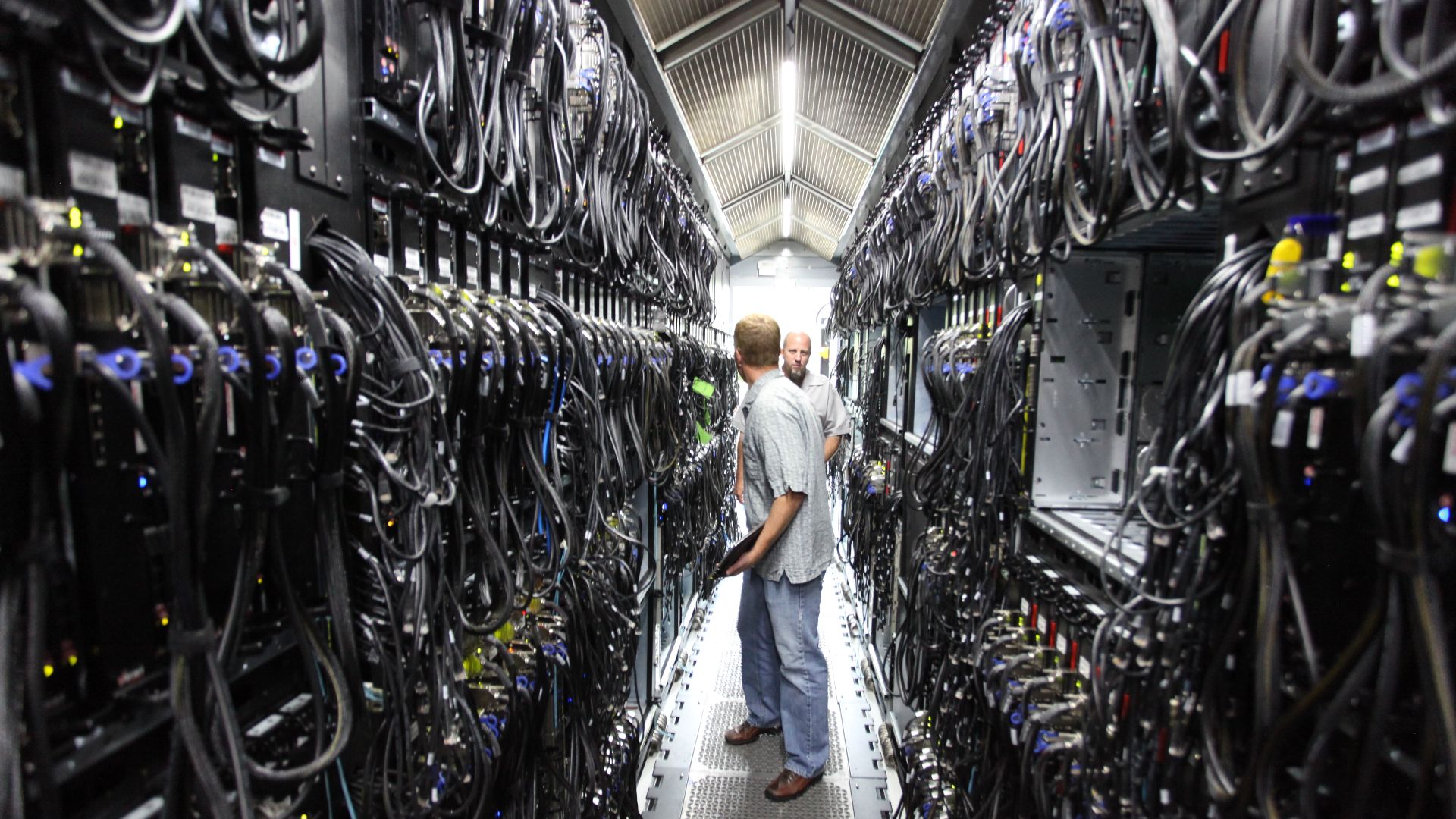 Robert Scoble from Half Moon Bay, USA, Wikimedia Commons
Robert Scoble from Half Moon Bay, USA, Wikimedia Commons
You May Also Like:
People Reveal The Biggest Everyday Scams That Suckers Fall For


